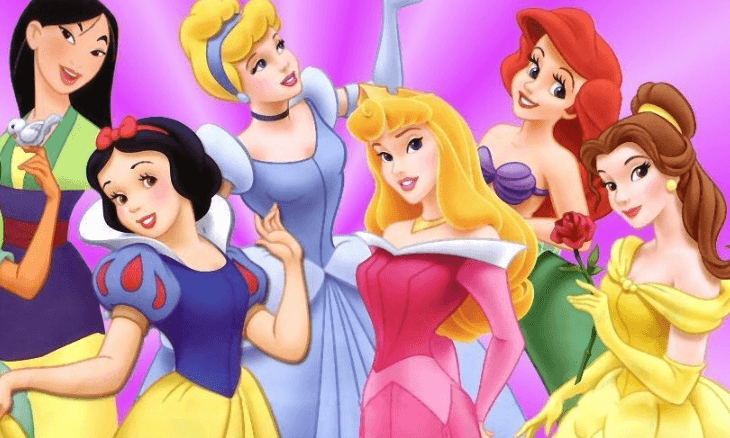Modern:5-Hy26uz5tu= Disney Princess

The evolution of Modern:5-Hy26uz5tu= Disney Princess marks a significant departure from traditional narratives, as contemporary portrayals emphasize empowerment, individuality, and cultural diversity. This shift not only redefines the characteristics of these iconic figures but also reflects broader societal changes in the understanding of femininity and self-identity. As audiences engage with these modern narratives, one must consider the implications for young viewers and the ways in which these stories challenge or reinforce existing norms. What does this transformation reveal about our collective values and aspirations?
Evolution of Disney Princesses
As the cultural landscape has shifted over the decades, so too has the portrayal of Disney Princesses, reflecting evolving societal values and expectations regarding femininity and agency.
Historical influences shaped early characters into passive figures, while modern iterations exhibit significant character development, embodying diverse aspirations and strengths.
This transformation invites audiences to critically engage with representations of womanhood, challenging traditional narratives and promoting a broader understanding of identity.
Empowerment and Individuality
The evolution of Disney Princesses has paved the way for a more nuanced exploration of empowerment and individuality, moving away from the archetypal tropes that once defined female characters.
These narratives encourage self-identity exploration, enabling young audiences to embrace their uniqueness.
Read Also Bold and the Beautiful: Finn Leaving Show

Cultural Representation and Diversity
While the evolution of Disney Princesses has made strides in terms of empowerment, it is equally crucial to examine how cultural representation and diversity have transformed the narratives surrounding these iconic characters.
Impact on Modern Audiences
Shifts in cultural representation and diversity within the Disney Princess franchise have significantly influenced modern audiences, reshaping their perceptions of identity and empowerment.
The merchandising influence capitalizes on nostalgia, bridging generations while fostering a deeper connection to diverse narratives.
This evolution challenges traditional ideals, inviting audiences to reflect on their own identities and aspirations, ultimately empowering them to seek authenticity in a rapidly changing world.
Conclusion
The evolution of Modern:5-Hy26uz5tu= Disney Princess signifies a profound transformation in narrative storytelling, where empowerment and individuality take center stage. These characters, rich in cultural representation, not only challenge traditional gender roles but also serve as beacons of self-acceptance and authenticity. As society grapples with evolving ideals, the modern princess emerges not merely as a figure of fantasy, but as a catalyst for change, inviting audiences to reimagine their own identities and aspirations in a world yearning for inclusivity and understanding.





